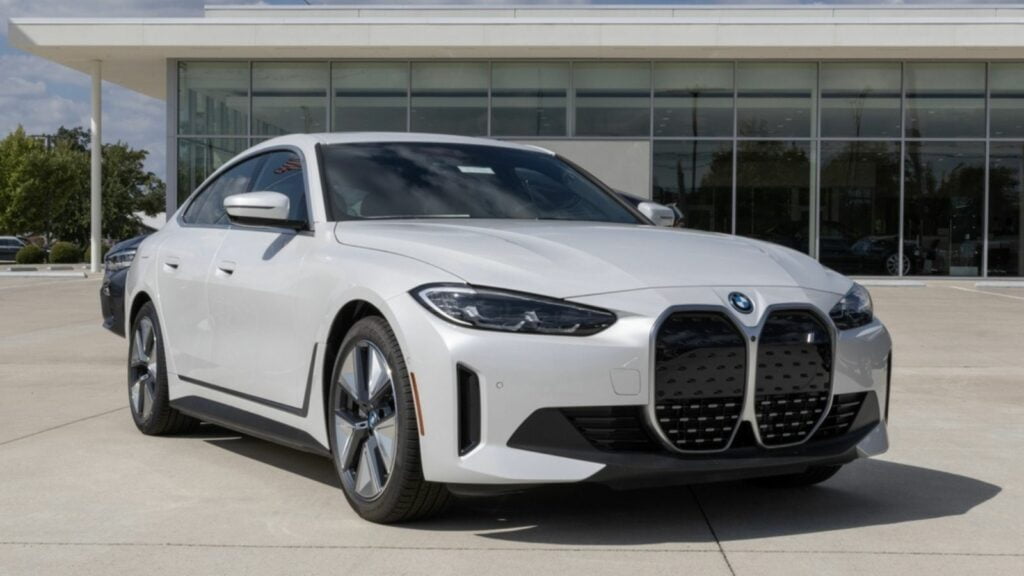Leasing, once seen as the commitment-phobe’s route to car ownership, has gained new respect in 2025. Here’s a look at 20 cars—ranging from luxury sedans to EVs and even a few gas-powered icons—that might be better leased than bought this year.
Tesla Model 3 Performance
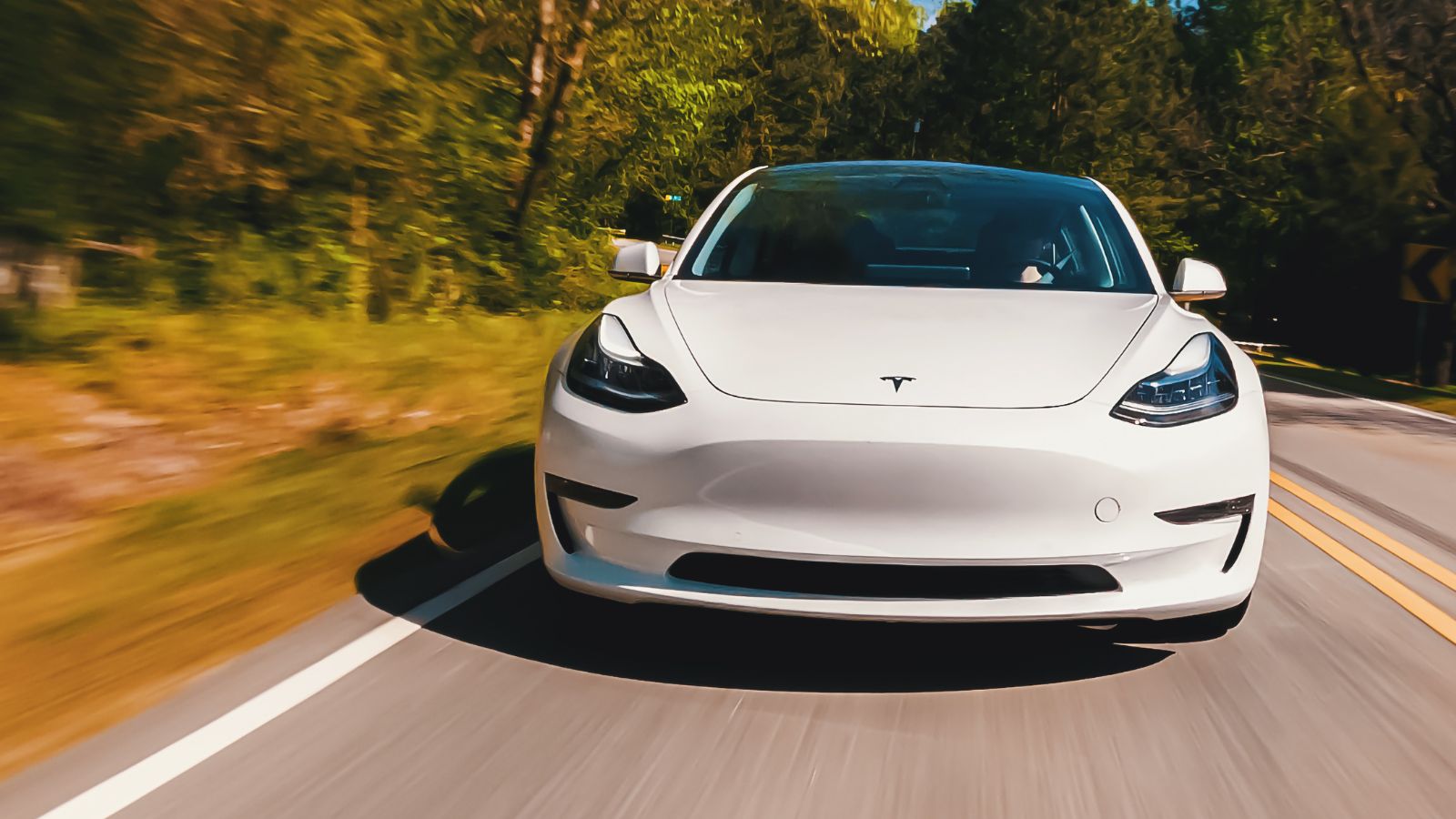
The 2025 Model 3 Performance has a $54,990 MSRP, and leasing deals offer notably lower monthly payments—approximately $849/month over 36 months, with an additional $3,000 due at signing. In contrast, financing involves a larger monthly commitment and ties up more capital in the long term. Leasing also allows you to drive the latest in Tesla’s technology—such as frequent software updates and a refreshed interior—without worrying about resale risk.
BMW 5 Series (G60)
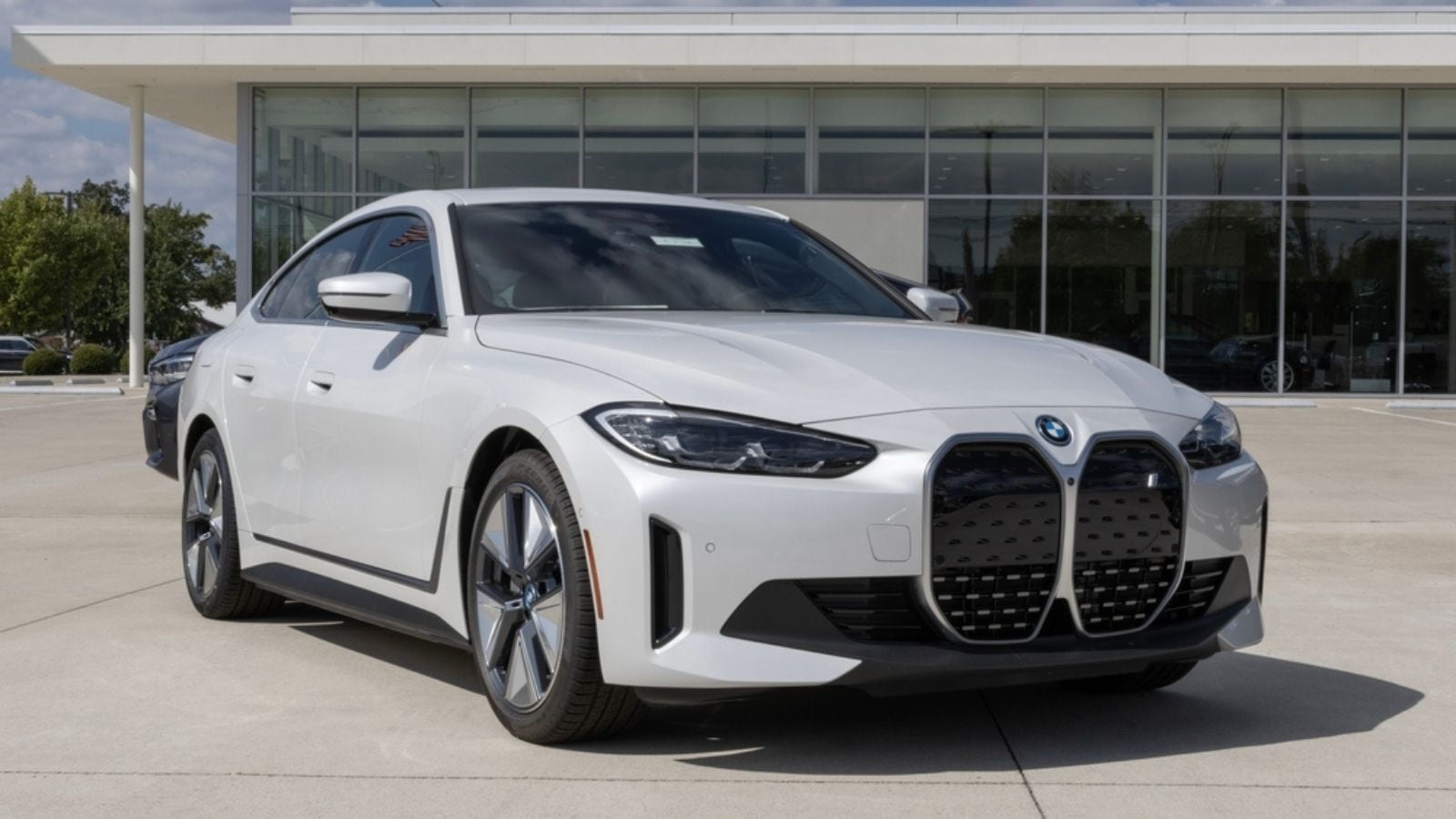
The new-generation 5 Series offers cutting-edge technology and a hefty price tag, but it has also been hit hard by tariffs in Canada. The G60’s comfortable interior, adaptive cruise and highway assist, plus mild‑hybrid powertrains, make it well‑suited for a lease, especially if you drive under 10,000 miles/year. Conversely, if you intend to keep the car for an extended period, drive it extensively, or prefer customization, purchasing offers full ownership with no mileage penalties.
Ford Mustang Mach-E
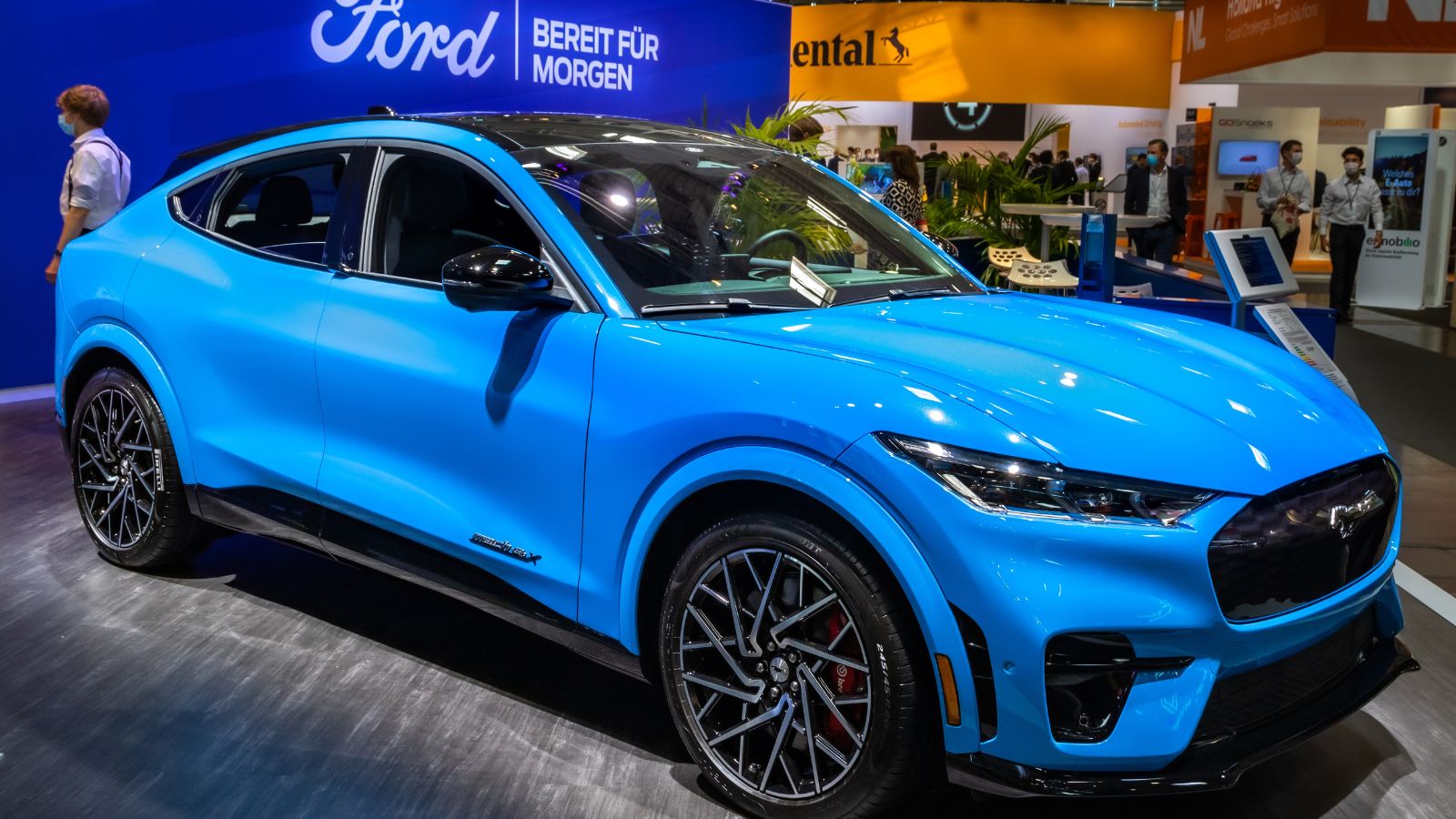
Residual values on these EVs decline steeply—roughly 57% over five years—resulting in high depreciation costs for purchasers. Leasing, however, locks in a fixed residual (typically 44–56 % after 2–3 years), stabilizing monthly payments and reducing exposure to value loss. Additionally, with Ford continually tweaking trim levels, prices, and software updates—and considering the tax credit rules that often favor leasing—Mach-E is a prime lease candidate for Canadians seeking electric style without a long-term EV commitment.
Toyota bZ4X
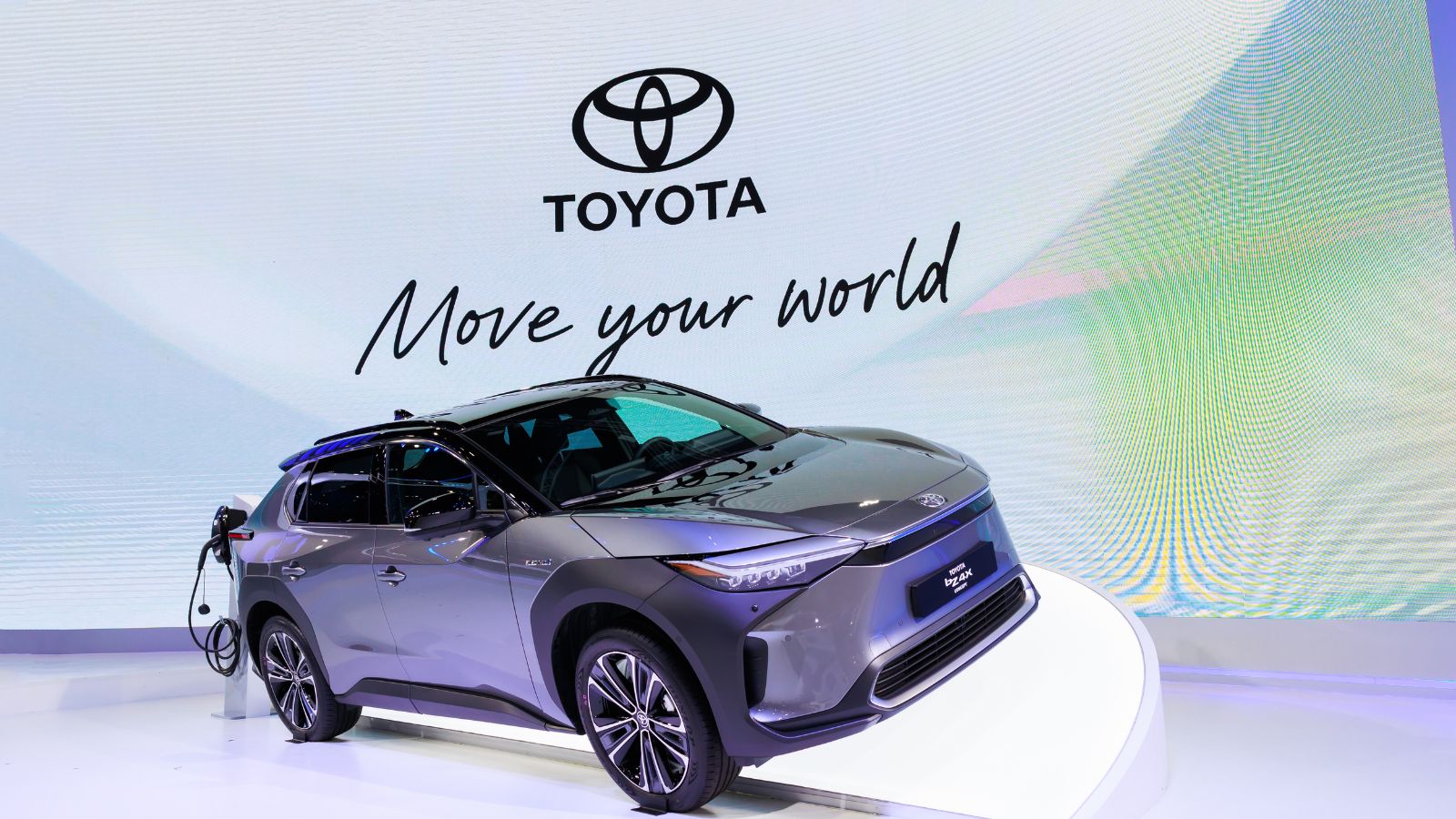
Toyota’s first real EV entry is still finding its identity. Initial range and charging complaints, combined with rapid innovation cycles in EV technology, mean buyers may be better off leasing until the second-generation model arrives. Additionally, EV leasing also protects consumers from long-term depreciation risk, particularly with EVs evolving fast—forums widely suggest leasing the bZ4X, then deciding later whether to buy out. Overall, a lower monthly outlay, bundled incentives, and reduced risk associated with technology shifts make leasing the bZ4X a financially savvy move for most buyers right now.
Mercedes-Benz EQE Sedan
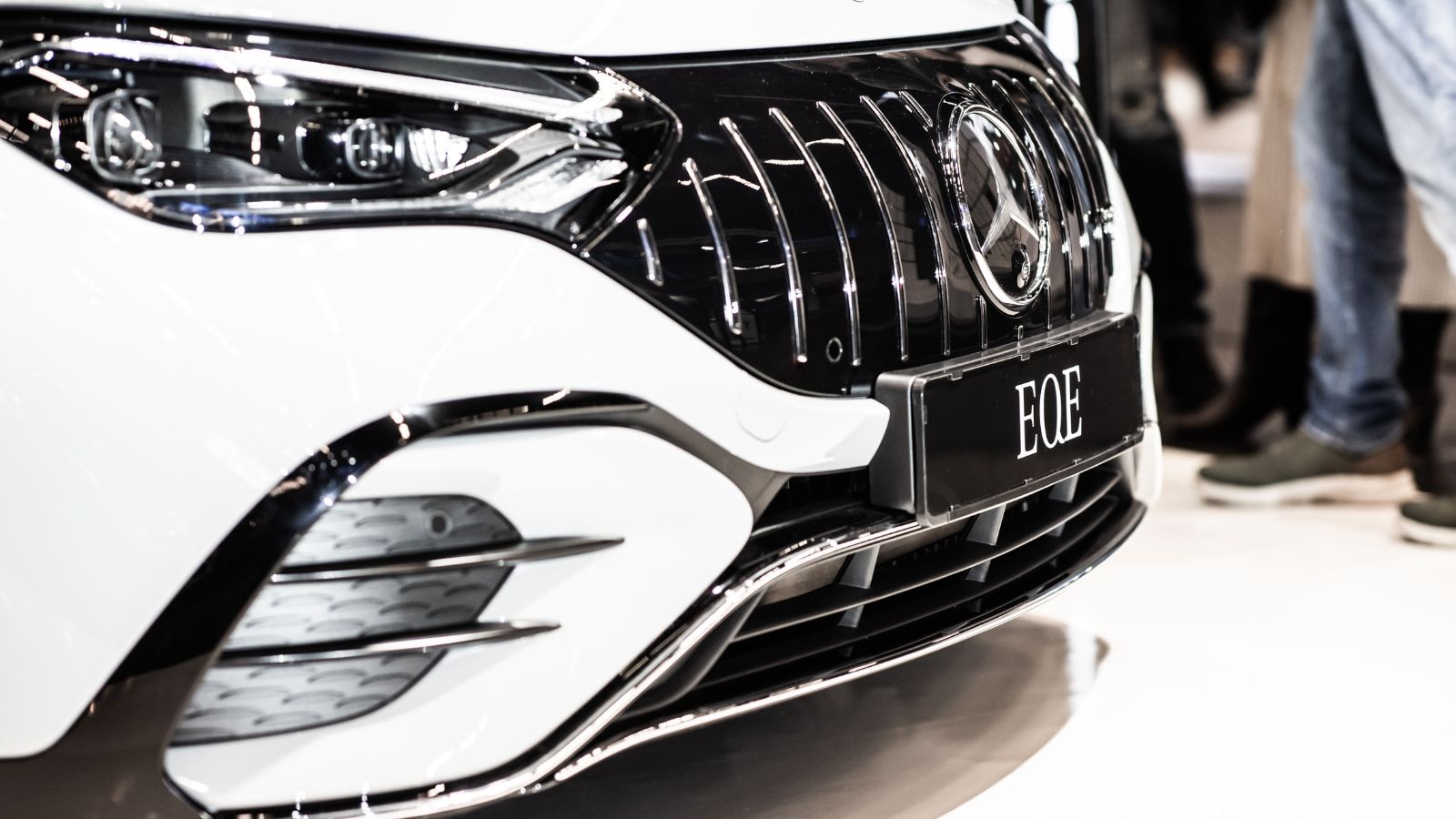
Luxury EVs like the EQE are stunning, but they are also expensive, and rapid depreciation can be a significant drawback. Monthly lease rates for the EQE 350+ in 2025 range from approximately $366 to $411 for a 36-month lease with a $5,000 down payment. Even the more powerful EQE 500 models lease for around $732–$759/month, with higher sign-on costs of $5,732–$8,713. In contrast, buying would require financing the full MSRP ($75–$ 85,000) and accepting the steep depreciation EVs face, often losing up to 50% of their value in the first year. Additionally, leasing also allows for flexibility to upgrade as battery technology evolves.
Chevrolet Blazer EV
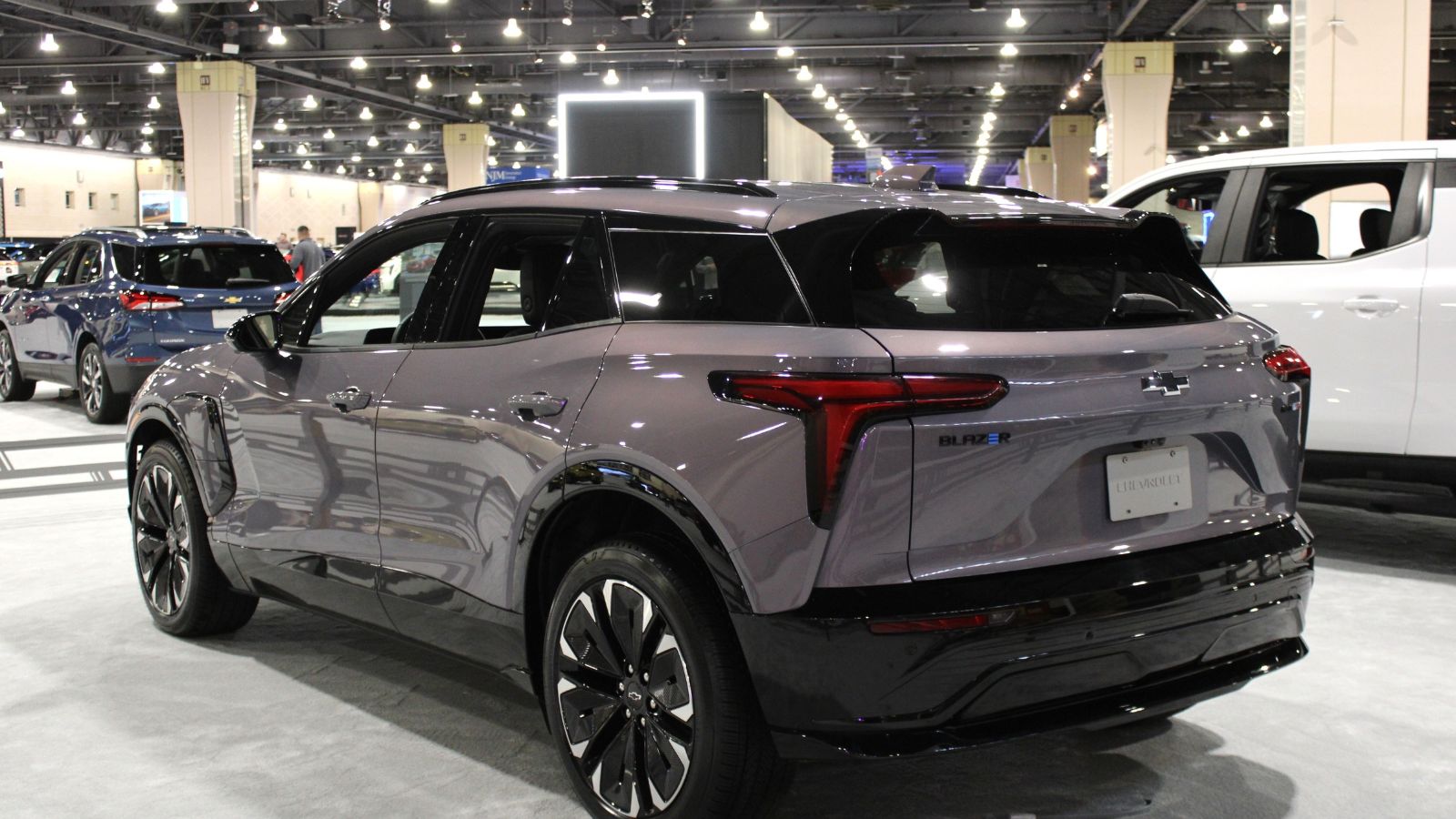
GM’s rollout of Ultium EVs has been rocky, with delays and software bugs in early units. A lease allows buyers to benefit from early access without being locked into potential long-term reliability issues. Additionally, leases include comprehensive warranty coverage throughout the term, thereby reducing maintenance concerns. And, with lease payments often tens to hundreds of dollars lower per month than loan payments, it’s a smart choice for drivers covering moderate mileage who want access to the latest EV features without long-term commitment.
Kia EV6
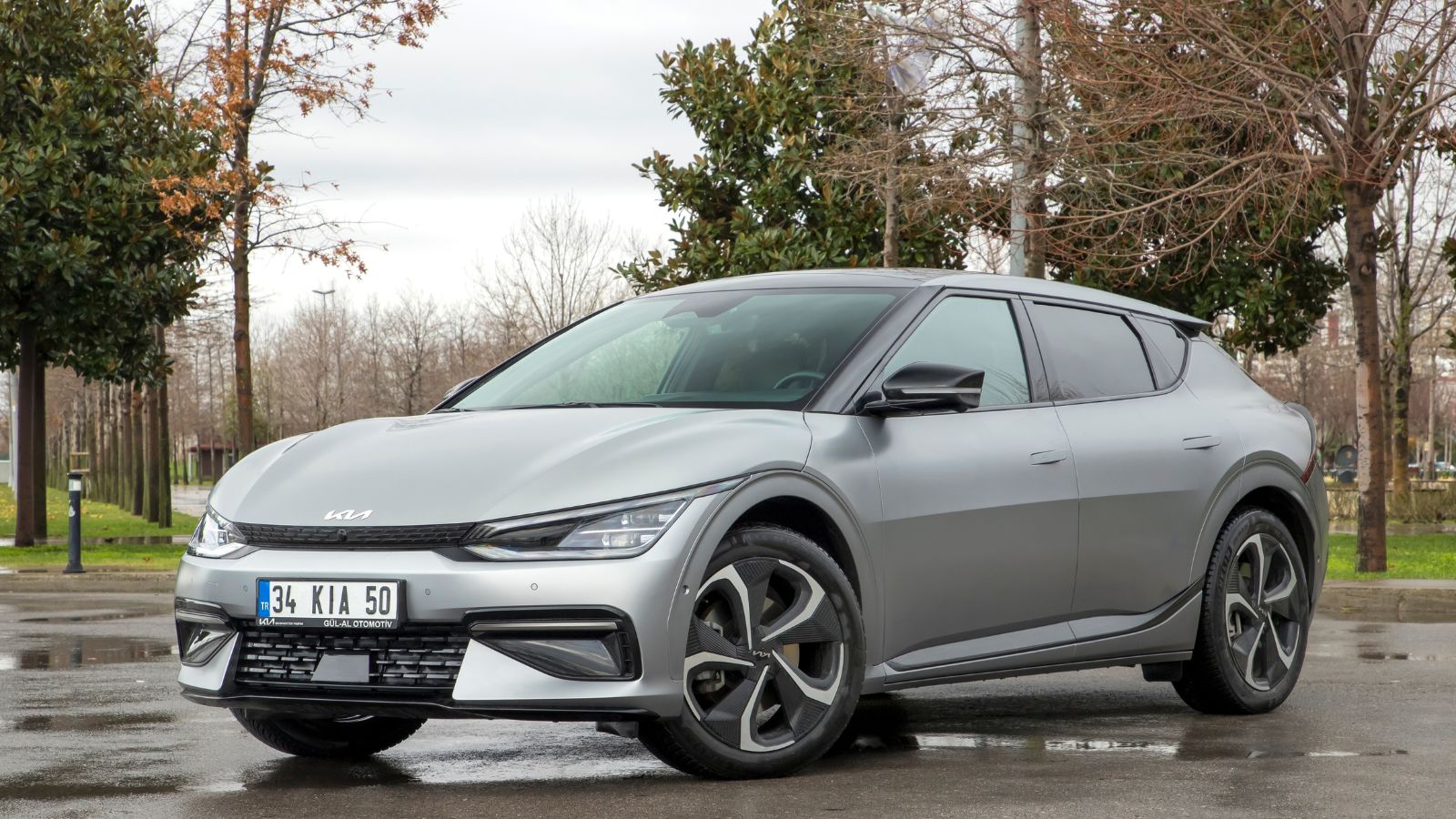
Kia’s electric star is fantastic now, but given how fast Hyundai-Kia iterates on EV tech (hello, EV9 and new-gen batteries), leasing may be a more innovative way to enjoy the cutting-edge without falling behind in three years. Leasing a 2025 Kia EV6 often delivers significantly lower monthly payments—around $380/month for a 36-month, 12 k‑mile lease with ~$2,000 down, versus much higher loan payments required to purchase one outright. In July 2025, Kelley Blue Book notes that automakers continue offering substantial EV leasing incentives—up to $7,500—that aren’t available if you buy.
Hyundai Ioniq 5 N
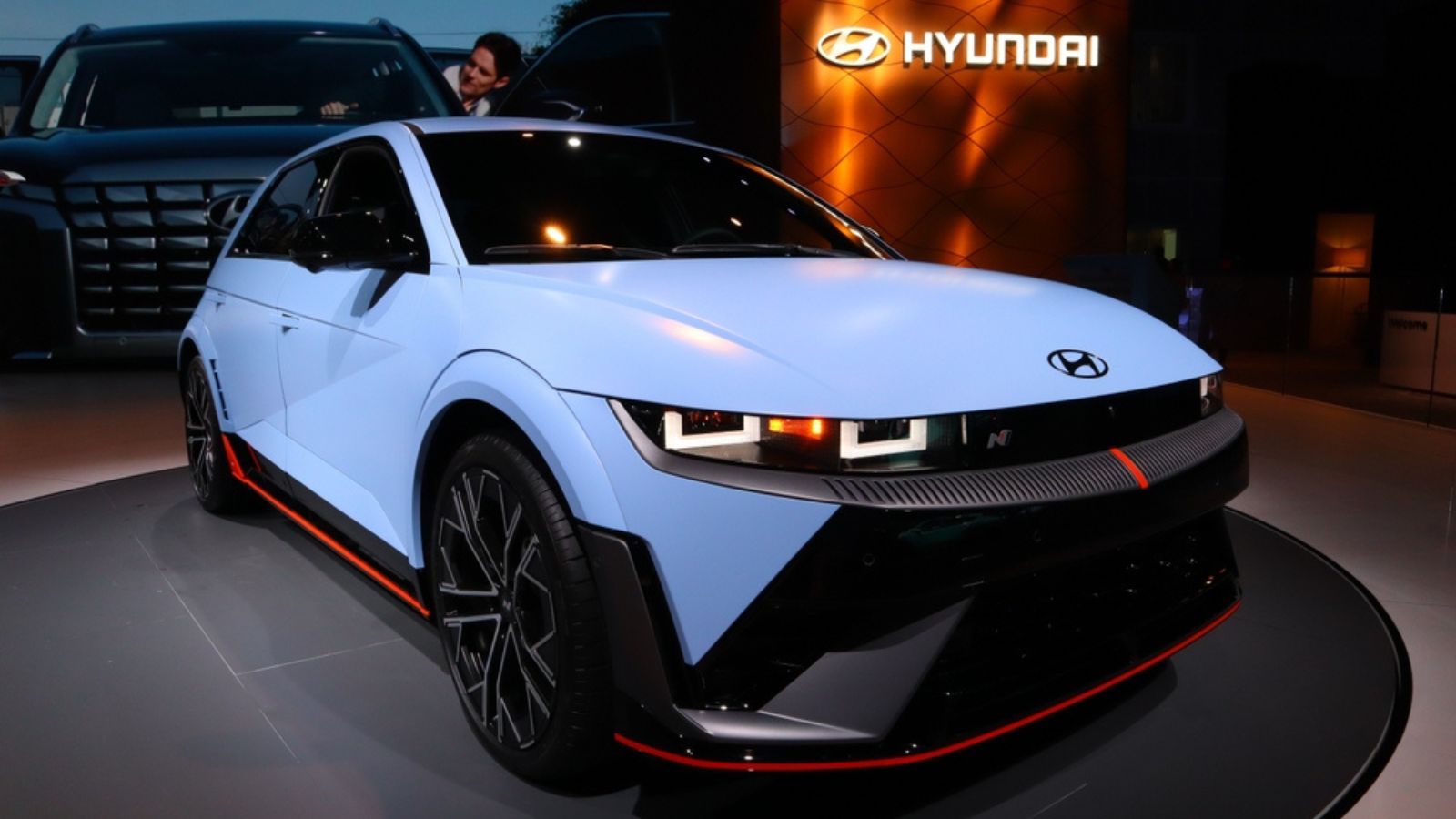
A performance EV with niche appeal and likely limited resale demand? That screams lease. A recent $200/month reduction in lease pricing has lowered payments from approximately $899 to $699/month for a 36-month term, with $3,999 due at signing — thanks to dealer incentives that have both reduced the Money Factor and increased residual value. That means the total lease cost comes to roughly $29,163, a $7,200 saving compared to previous offers. Additionally, it allows enthusiasts to enjoy the power without worrying about long-term battery degradation or fluctuations in market demand.
Volvo XC40 Recharge
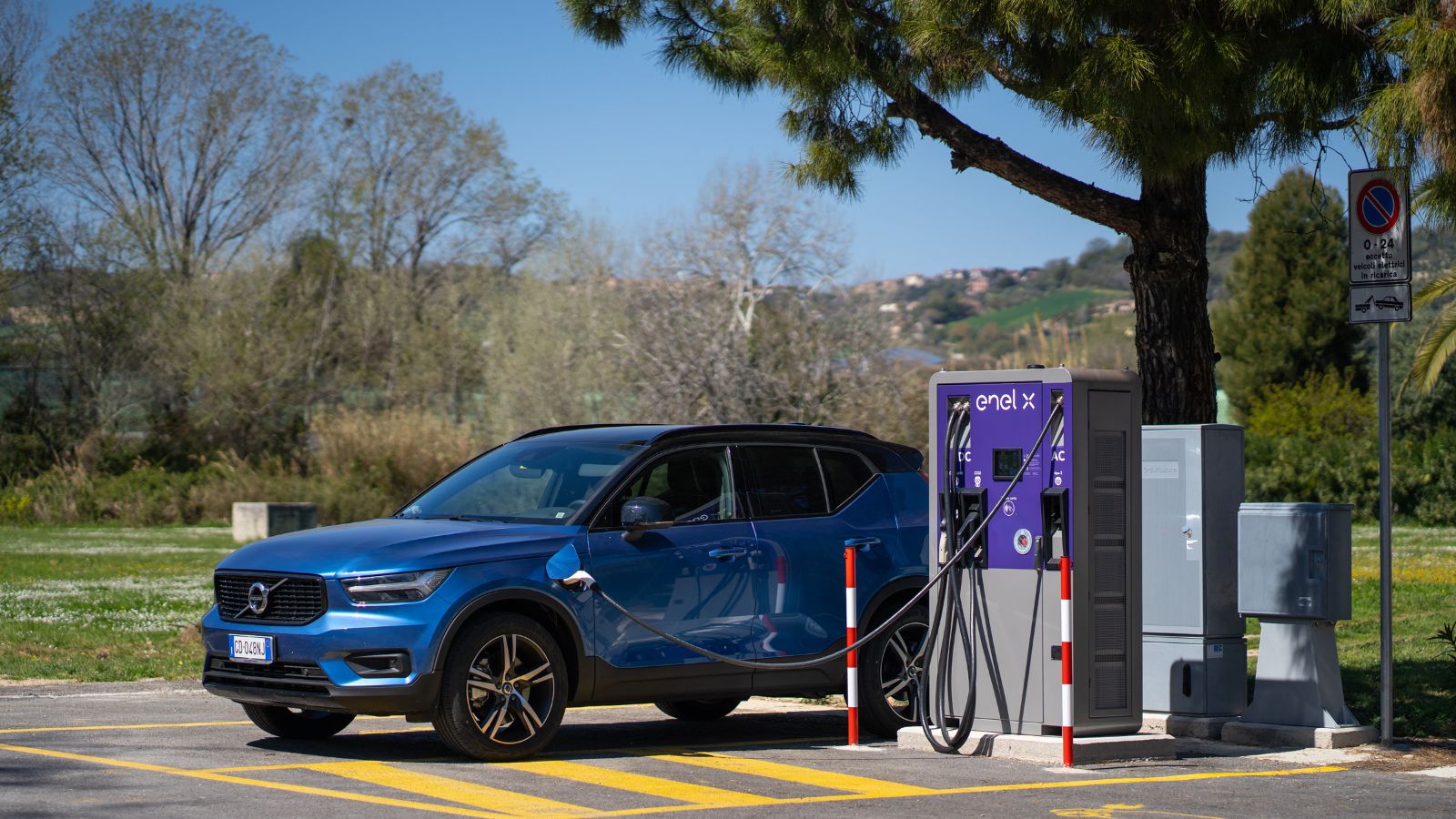
While Volvo’s EV ambitions are noble, the XC40 Recharge hasn’t impressed with its range or charging speeds. EVs like the XC40 Recharge tend to lose value faster—around 65% depreciation in three years, versus 50% for hybrids—so leasing transfers that risk to the lessor. Plus, incentives like the $7,500 federal EV tax credit and Volvo’s lease allowance stack to drop your effective cost significantly. A lease lets buyers hedge their bets while the brand works out its kinks.
Jeep Grand Cherokee 4xe
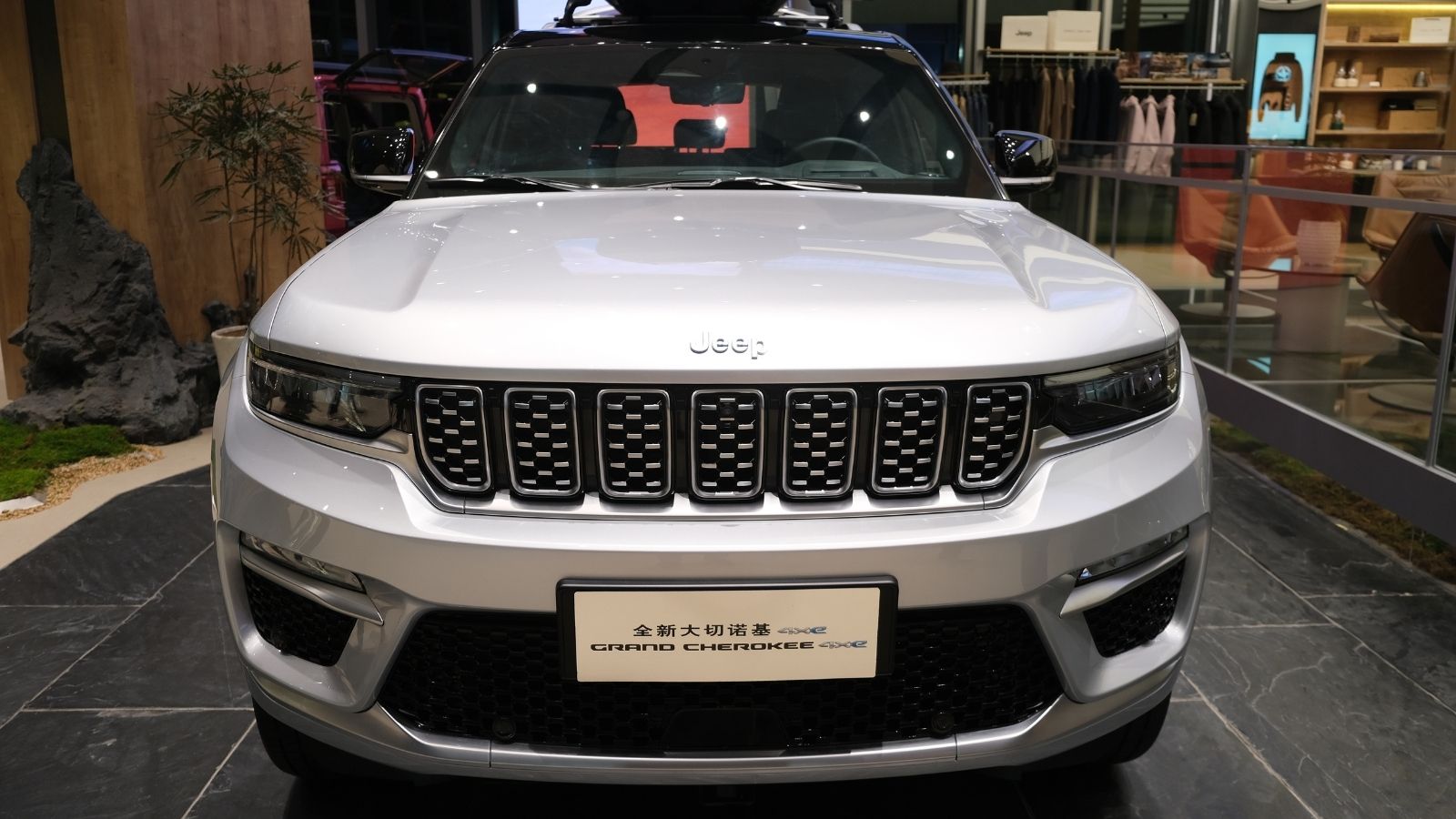
Plug-in hybrid SUVs like the Grand Cherokee 4xe are in demand now, but what happens when full-EVs dominate the road in five years? Leasing this in-between tech makes more sense than buying. Additionally, leasing allows you to leverage the full $7,500 federal incentive for PHEVs through capital cost reduction—something buyers cannot claim. And, given high depreciation, strong lease deals, and electric incentives, leasing is a smarter, lower-risk path than purchasing right now.
Audi Q4 e-tron
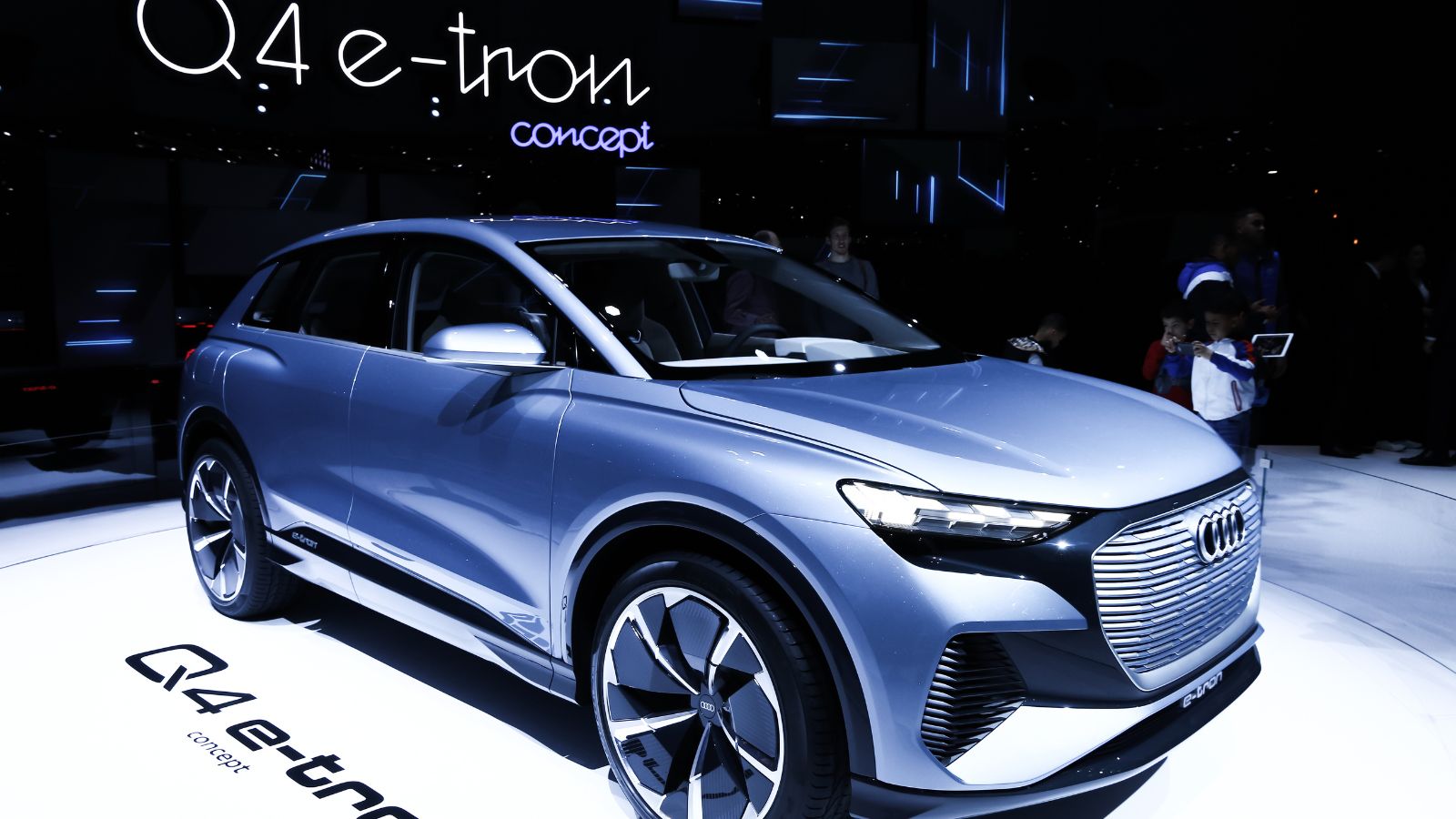
Leasing the Audi Q4 e-tron can be a smarter move right now—here’s why: first, Audi Financial Services is offering substantial lease incentives, typically around $7,500 EV Lease Bonus plus an additional $3,000 national customer bonus through July 31, 2025. Combined, these reduce your monthly payments significantly (for example, KBB lists a 24-month lease on the Q4 55 quattro at just $426/month with $3,699 due at signing). In contrast, purchasing comes with smaller straight‑purchase bonuses (around $3,000), and you miss out on lease-specific incentives.
Cadillac Lyriq
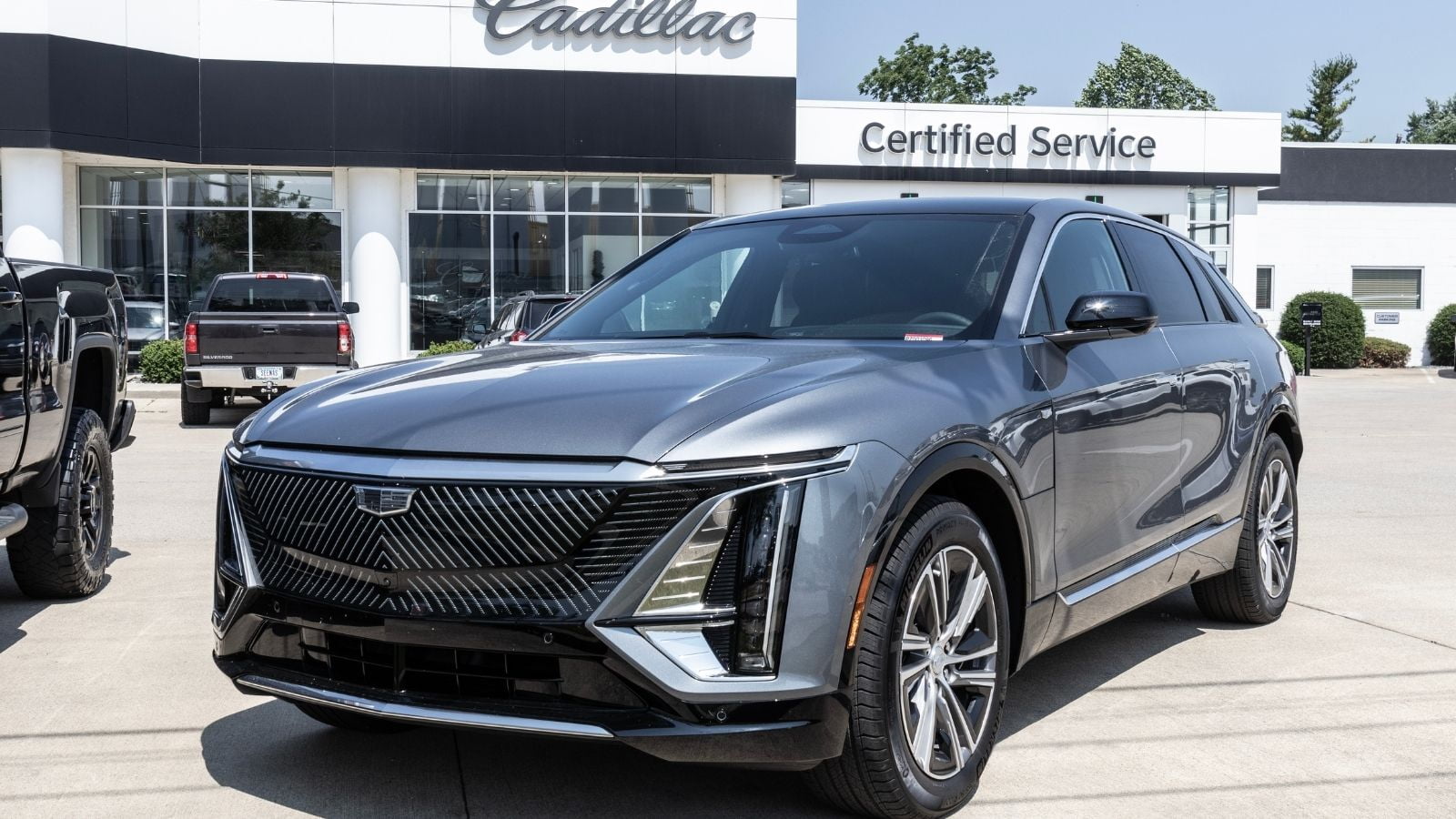
This luxury EV looks excellent on paper, but its software and support network are still catching up. Leasing capitalizes on GM’s strategic incentives—including federal tax breaks passed through to lease deals—often lowering monthly payments to around $716–732 over a 36-month term with $2 k due at signing. Dealer promotions even drop the first two years’ payments to below $500/month for well-qualified buyers. Plus, leasing protects against future bugs—or the brand changing course (again).
Nissan Ariya
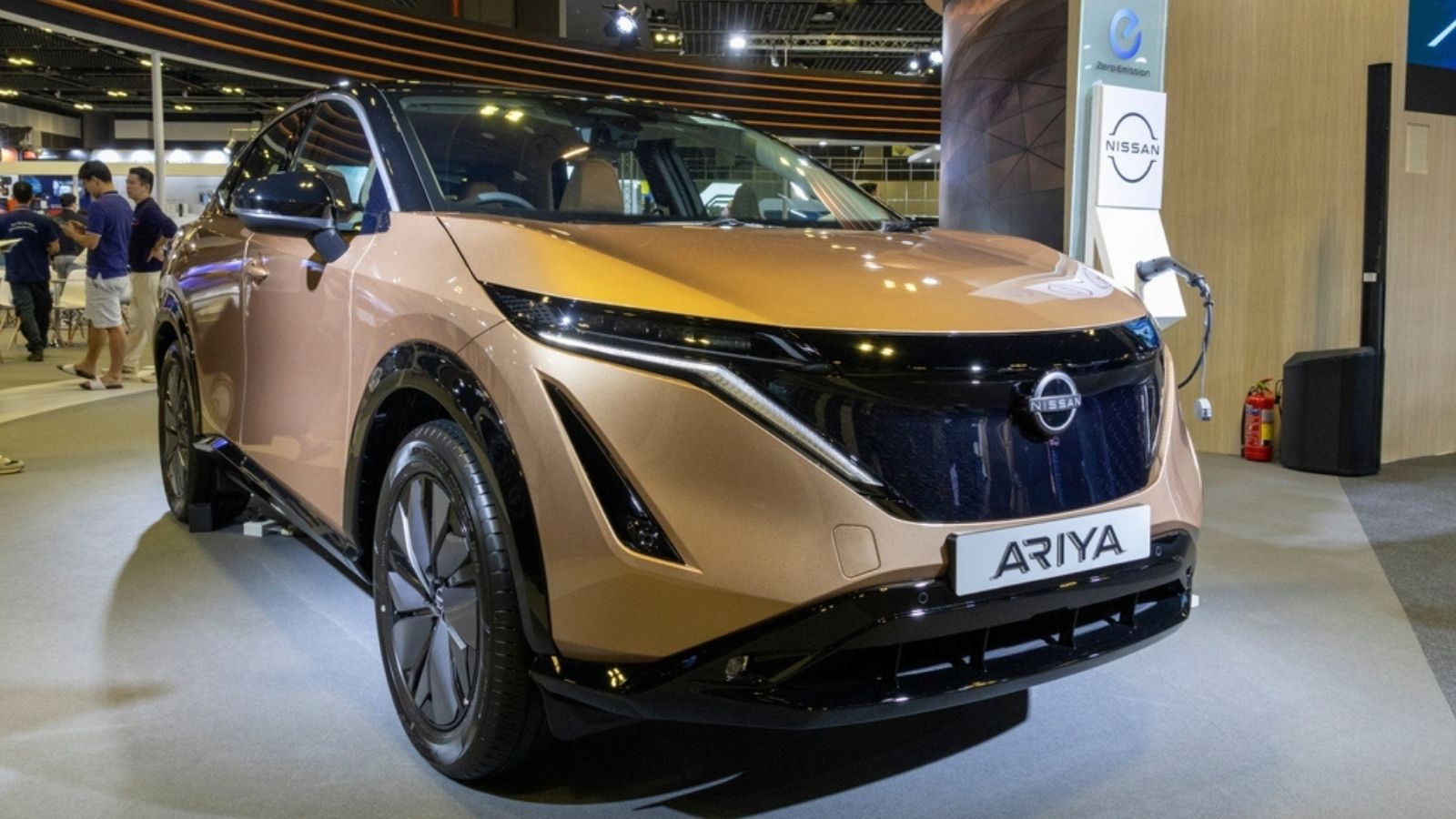
The Ariya has been a slow burn, with modest sales and mixed reviews. If Nissan doesn’t commit fully to the platform, resale could tank. Lease it and dodge the what-ifs. However, residual risk remains: Reddit users warn that residual values can be set above market price, meaning it may not be financially advantageous to buy out the lease at the end of the term. If you drive under 12,000 miles/year, want lower payments, and like tech rotation, leasing is a compelling option.
Subaru Solterra
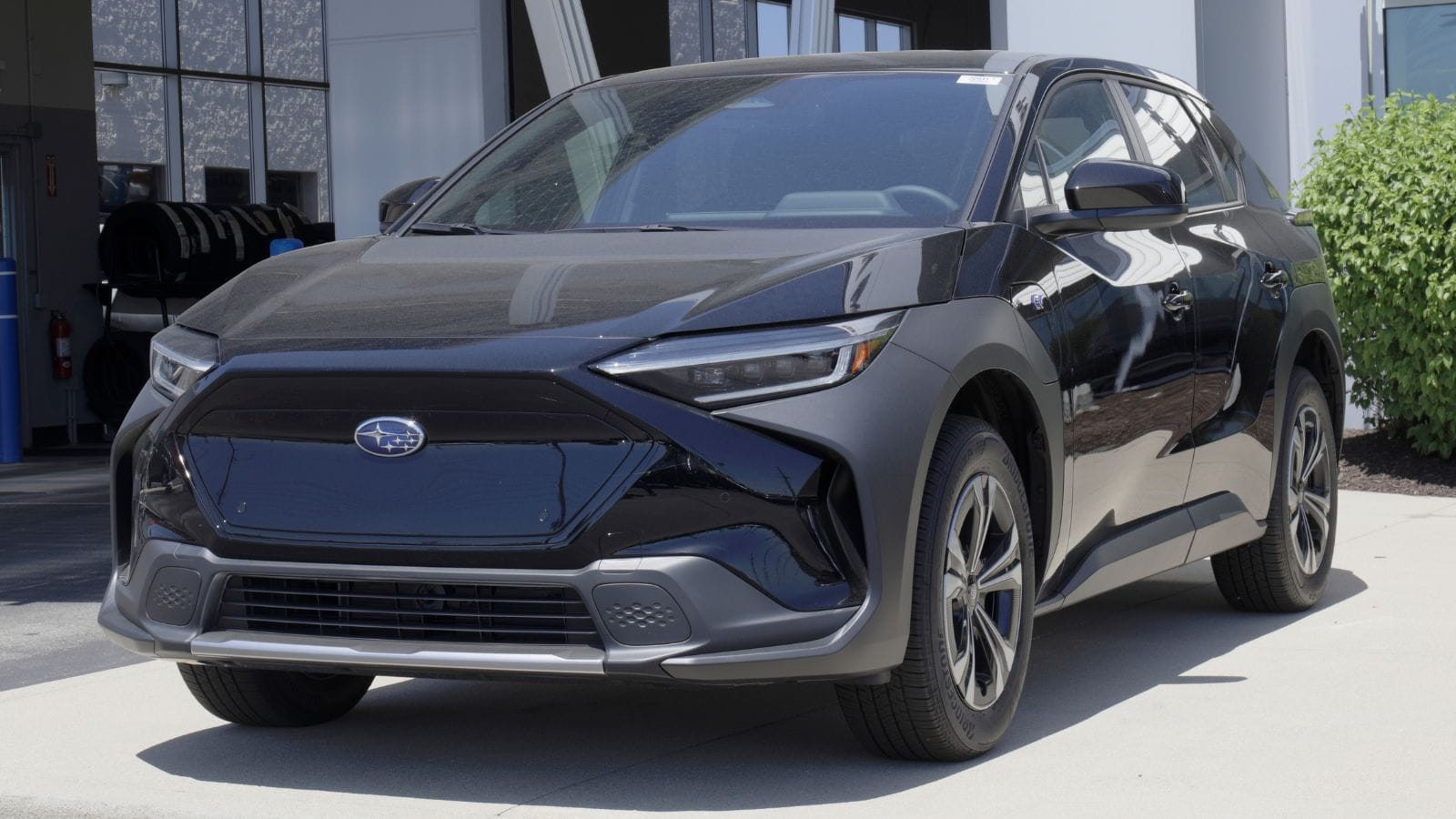
Jointly developed with Toyota, the Solterra inherits the bZ4X’s quirks but not quite its sales momentum—subpar range and charging make this one best enjoyed temporarily. Leasing also offers flexibility: at lease-end, you can walk away, lease again, or even buy if the residual value is favorable. Plus, the Solterra remains under full warranty throughout the lease, avoiding potential repair costs. Given fast-evolving EV tech and steep depreciation, leasing is a sound choice right now.
Honda Prologue
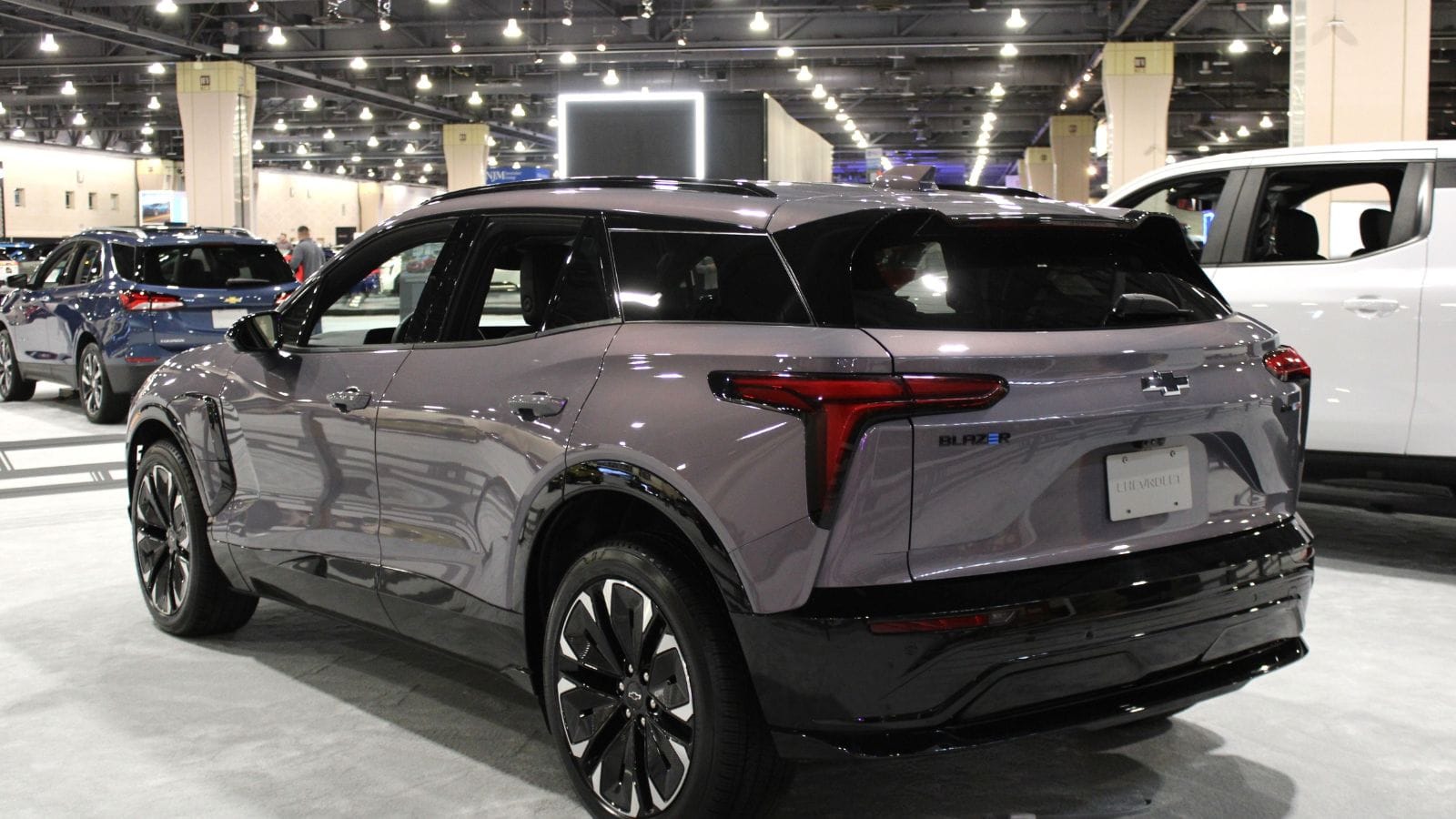
The Honda Prologue, a roomy 5-seat midsize EV SUV launched in March 2024 and built on GM’s Ultium BEV3 platform, offers an 85-kWh battery and an EPA range of 296–308 miles, depending on the drivetrain (FWD or dual-motor AWD). With trims ranging from $47,400 (EX) to $57,900 (Elite), features include dual 11-inch screens, wireless Apple CarPlay/Android Auto, Level 2 and home charging, and DC fast-charge capability of up to 150 kW. A lease allows you to enjoy Honda’s design with GM’s technology, without a long-term commitment if it doesn’t age well.
Genesis GV60
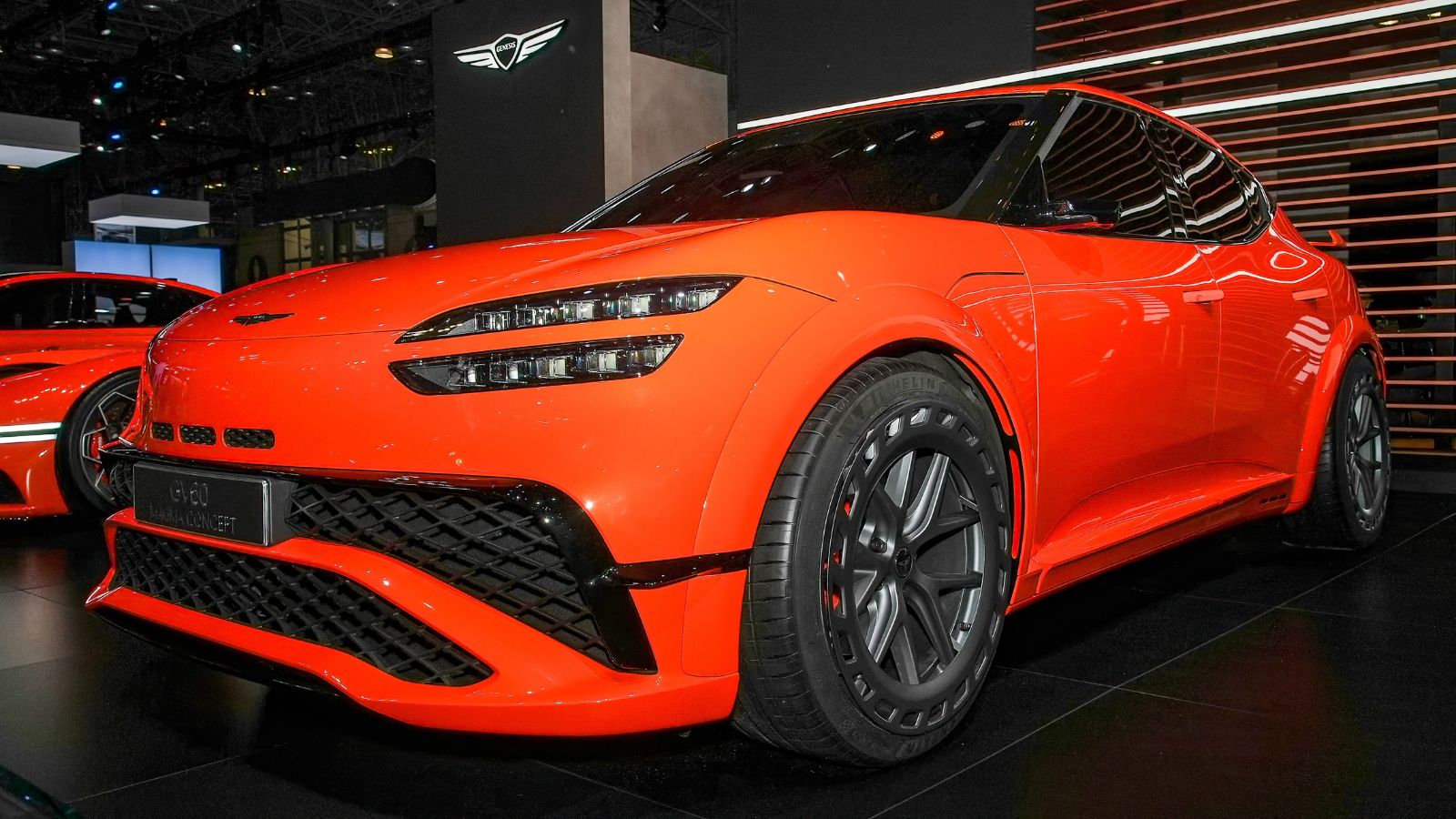
Genesis is still a young luxury brand, and while the GV60 is striking, its resale remains unpredictable. Additionally, Genesis includes hefty lease incentives—forums report up to a $ 20,000 reduction on GV60 leases, often bundled with free charging and a flexible option to buy at the end of the term. Leasing also ensures you’re always under warranty, avoiding long-term repair risks, and allows you to upgrade every 2–4 years to enjoy the latest technology. Additionally, if your annual mileage remains within limits and you prefer predictable payments, low depreciation, strong incentives, and tech freshness, leasing the GV60 is likely the smarter financial move compared to purchasing.
Mini Cooper SE
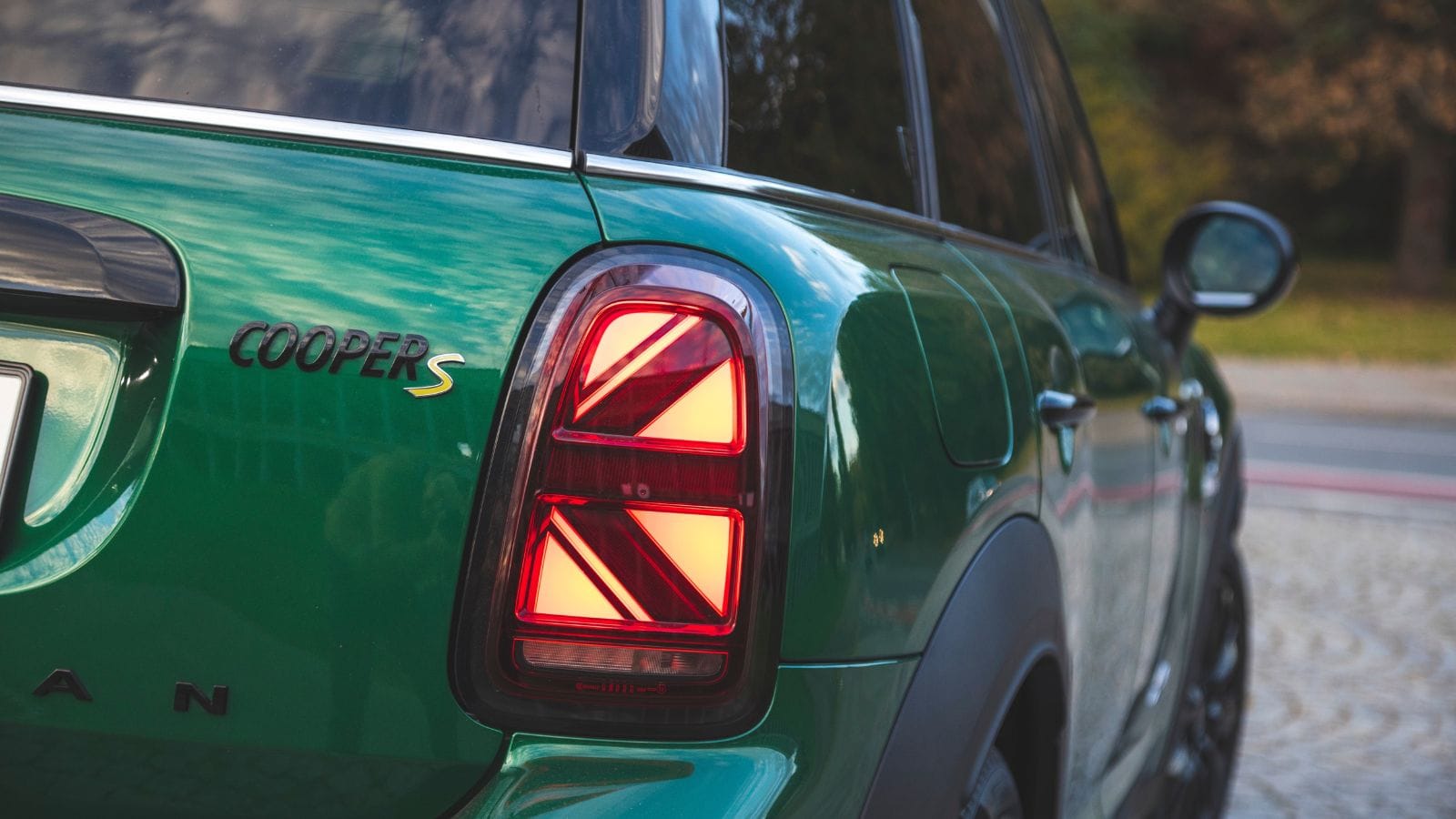
This stylish city EV is fun, but its short range makes it a niche choice. That range will feel even shorter in 3–5 years. First, leasing allows you to leverage current EV incentives—such as the U.S. federal $7,500 credit and various dealer rebates—reducing the effective cost dramatically compared to an outright purchase. Monthly lease payments are typically much lower than financing, since you only pay for the car’s depreciation during the lease period, not its full MSRP. So, lease and avoid getting stuck with an impractical second-hand ride.
Porsche Taycan (Base Trim)
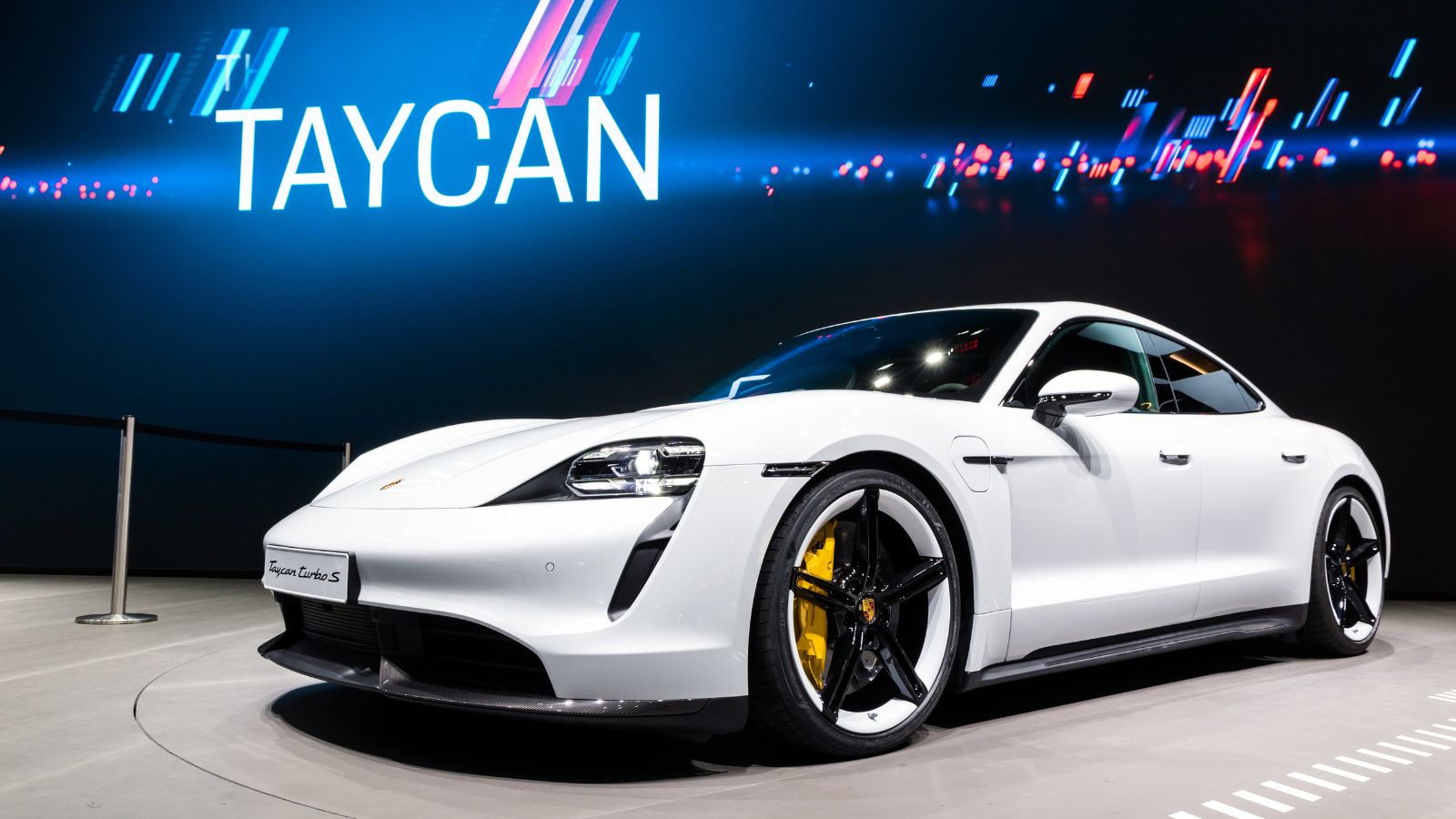
Taycans are tech marvels, but early models have already experienced significant drops in resale value. Manufacturers sometimes inflate residual values to make leases more attractive. Additionally, high interest rates in 2025 mean that buying incurs heavy financing costs, while leasing offers lower monthly payments and provides warranty coverage throughout the lease term. Additionally, leasing avoids bulk sales tax and provides flexibility at term-end—return, upgrade, or buy it out if favorable.
Volkswagen ID.4
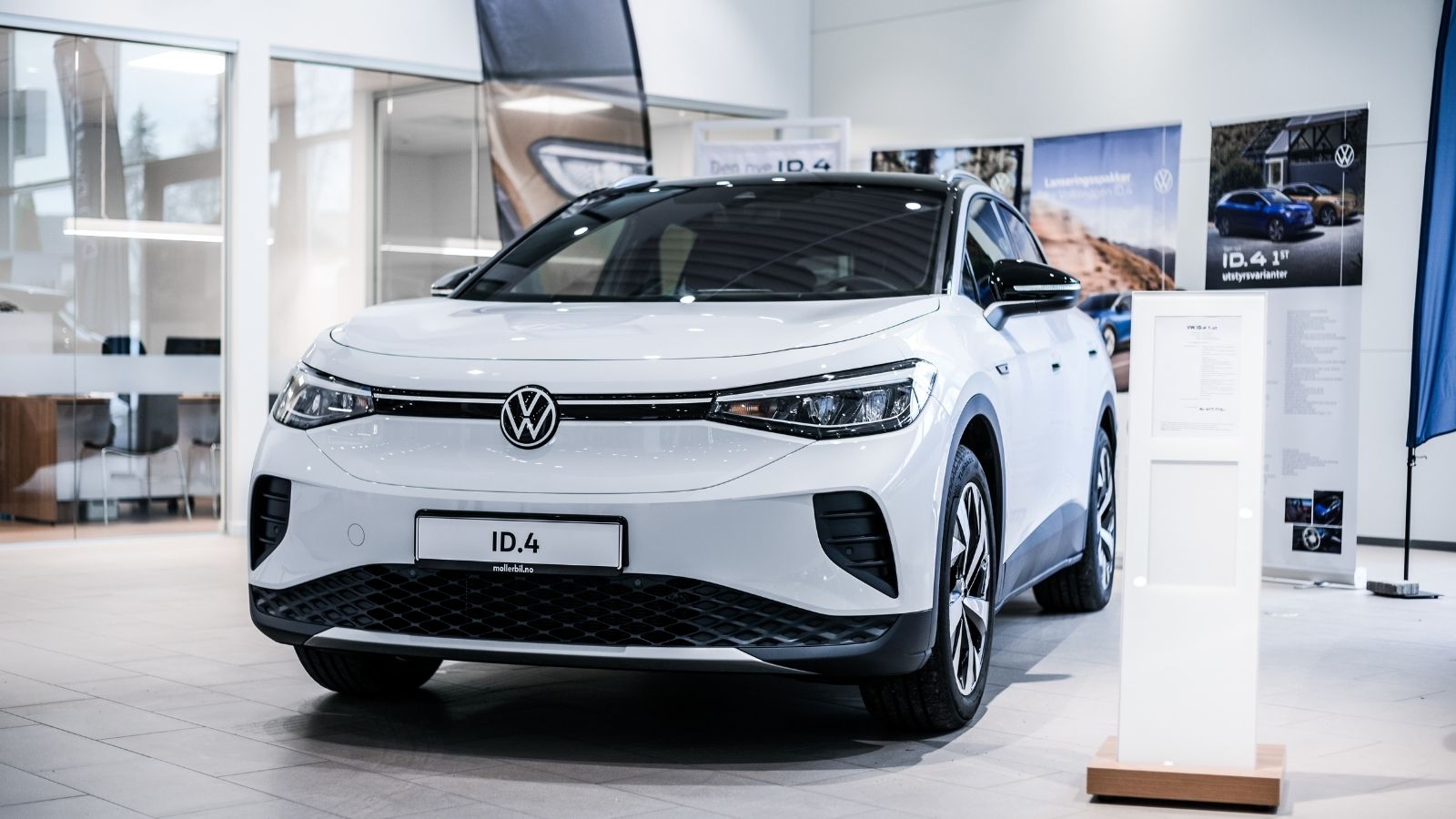
VW’s EV rollout has had its bumps, and while the ID.4 is improving, buyers might prefer leasing until the software and build consistency stabilize. Lease deals frequently include a $5,000–$7,500 incentive bundled with the full federal tax credit — available only when leasing — which Volkswagen applies to lower your capital cost. TrueCar reports an average lease payment of around $379/month for 36 months at 12,000 miles/year, with roughly $2,000 due at signing.
Lexus RZ 450e
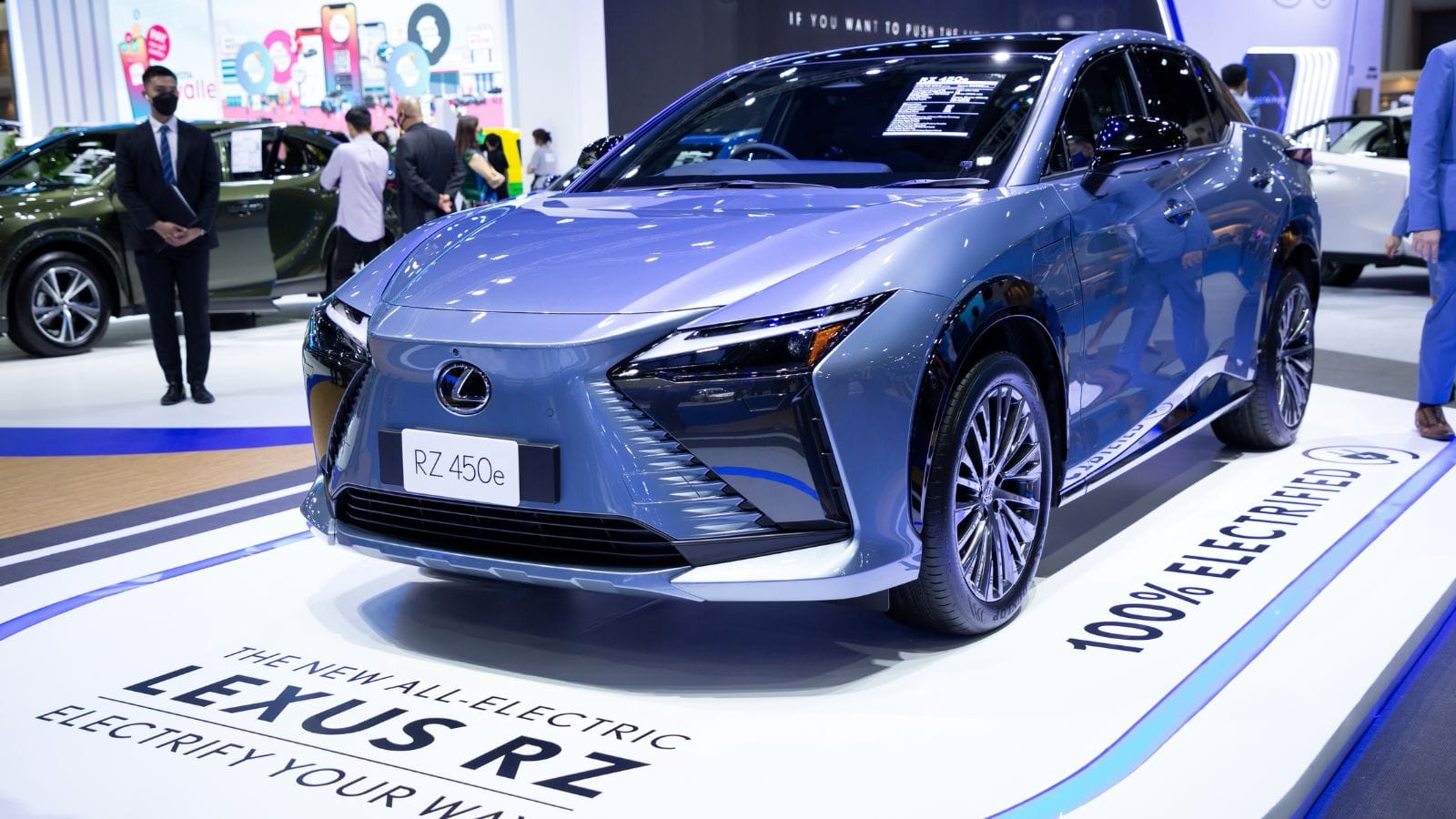
Lexus’ first EV is smooth but underwhelming in range for its price. First, its all-electric luxury crossover design comes with a modest range—EPA-estimated 200–220 miles, depending on wheel size—placing it behind key competitors like the Tesla Model Y and Genesis GV60. This shorter range raises concerns about depreciation, particularly as battery technology continues to evolve rapidly. Indeed, residual values for used RZs have dropped into the low‑to‑mid $40 range, even for low-mileage examples. However, Lexus is currently offering significant lease incentives—such as a standard lease cash of $11,500—making monthly payments far more affordable compared to financing a purchase.
25 Facts About Car Loans That Most Drivers Don’t Realize

Car loans are one of the most common ways people fund car purchases. Like any other kind of loan, car loans can have certain features that can be regarded as an advantage or a disadvantage to the borrower. Understanding all essential facts about car loans and how they work to ensure that you get the best deal for your financial situation is essential. Here are 25 shocking facts about car loans that most drivers don’t realize:
25 Facts About Car Loans That Most Drivers Don’t Realize
